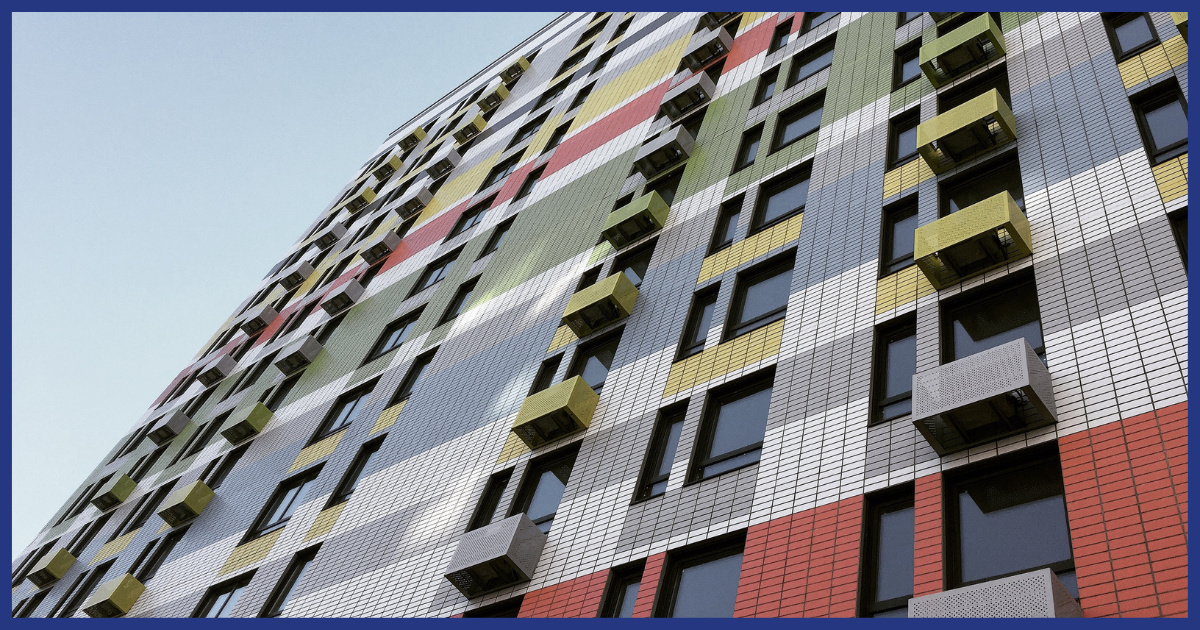Está disponível online e de acesso livre o artigo “Towards an airtightness compliance tool based on machine learning models for naturally ventilated dwellings”, da co-autoria de Vítor Cardoso do BUILT CoLAB (artigo resultante do seu trabalho no âmbito do doutoramento concluiu em 2022 na FEUP – Faculdade de Engenharia da Universidade do Porto), em conjunto com Lurdes Simões (Construct, FEUP), Nuno Ramos (Construct, FEUP), Ricardo Almeida (Construct, IPViseu), Manuela Almeida (ISISE, UMINHO), Luís sanhudo (BUILT CoLAB) e João Fernandes (FEUP).
Este artigo vai ser editado no Volume 285 da revista “Energy and Buildings” da Elsevier em Abril de 2023.
Resumo do artigo:
Physical models and probabilistic applications often guide the study and characterization of natural phenomena in engineering. Such is the case of the study of air change rates (ACHs) in buildings for their complex mechanisms and high variability. It is not uncommon for the referred applications to be costly and impractical in both time and computation, resulting in the use of simplified methodologies and setups. The incorporation of airtightness limits to quantify adequate ACHs in national transpositions of the Energy Performance Building Directive (EPBD) exemplifies the issue. This research presents a roadmap for developing an alternative instrument, a compliance tool built with a Machine Learning (ML) framework, that overcomes some simplification issues regarding policy implementation while fulfilling practitioners’ needs and general societal use. It relies on dwellings’ terrain, geometric and airtightness characteristics, and meteorological data. Results from previous work on a region with a mild heating season in southern Europe apply in training and testing the proposed tool. The tool outputs numerical information on the air change rates performance of the building envelope, and a label, accordingly. On the test set, the best regressor showed mean absolute errors (MAE) below 1.02% for all the response variables, while the best classifier presented an average accuracy of 97.32%. These results are promising for the generalization of this methodology, with potential for application at regional, national, and European Union levels. The developed tool could be a complementary asset to energy certification programmes of either public or private initiatives.
O artigo completo está disponível para consulta aqui.

